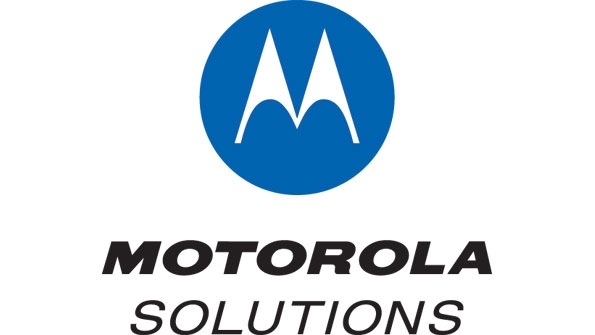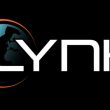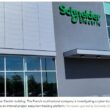Motorola Solutions CEO: FirstNet LTE ‘complementary’ to LMR, not threatening
Motorola Solutions recently introduced its first radio with LTE connectivity—the APX NEXT—but that should not be interpreted as an indication that LTE is beginning to cannibalize the company’s LMR business, Motorola Solutions CEO Greg Brown said last week.
“I don’t think the introduction of APX NEXT has anything to do with a narrative that would suggest LTE—or specifically FirstNet—[is] taking a more prominent role … [or] cannibalizing LMR,” Brown said during the Motorola Solutions third-quarter conference call, which was webcast.
Brown made the statement in response to a question from an analyst who noted that the company’s LMR backlog has declined for two quarters, on a year-to-year basis. Brown responded that the company’s backlog has increased and that he believes LTE “actually … extends LMR.”
While the APX NEXT does support LTE connectivity that automatically lets a user to utilize P25 voice over LTE—not a typical PTT protocol from Kodiak or an over-the-top provider—when outside of LMR network coverage, most of its LTE features support LMR functions, such as a SmartProgramming technology that enables speedy over-the-air P25 software updates.
“[LTE connectivity] makes LMR, it makes APX NEXT, it makes private networks even more compelling,” Brown said. “I think FirstNet is complementary to LMR, just like in the UK [United Kingdom], ESN [the LTE-based Emergency Services Network] is complementary to Airwave, but I just don’t see any cannibalization or a chilling effect.”
Jack Molloy, Motorola Solutions’ executive vice president of products and sales, echoed this sentiment, noting that the SmartProgramming functionality “will essentially take what used to take weeks or months to program radios and essentially provide an out-of-the-box experience” for users and support teams.
“Really what we’re doing is—to Greg’s point—extending the LMR P25 network but leveraging some of the broadband technology to do complementary technologies,” Molloy said during the conference call.
Molloy called the APX NEXT “a premium device … kind of the Cadillac” of the P25 radio series, which he called “the most successful product in the history of this company.” Based on the history of the APX line, Molloy said it could take three to five years before large percentages of users migrate to the APX NEXT.
Brown reiterated his belief that FirstNet would have little impact on the finances of Motorola Solutions, citing “a de minimis” impact this year and expectations for an “equally minimal revenue contribution” in 2020.
Overall, Motorola Solutions had a very healthy third quarter, causing the company to raise its earnings-per-share estimates for the full year 2019, according to Brown.
“We continue to execute well across all platforms,” Brown said. “Our land-mobile-radio business is on pace for another record year of sales and earnings, led by North America. Our video-security business had another strong quarter of revenue growth and is gaining traction with government customers, and our command-center software business is continuing to drive revenue growth and margin expansion in our Software and Services segment.”
















